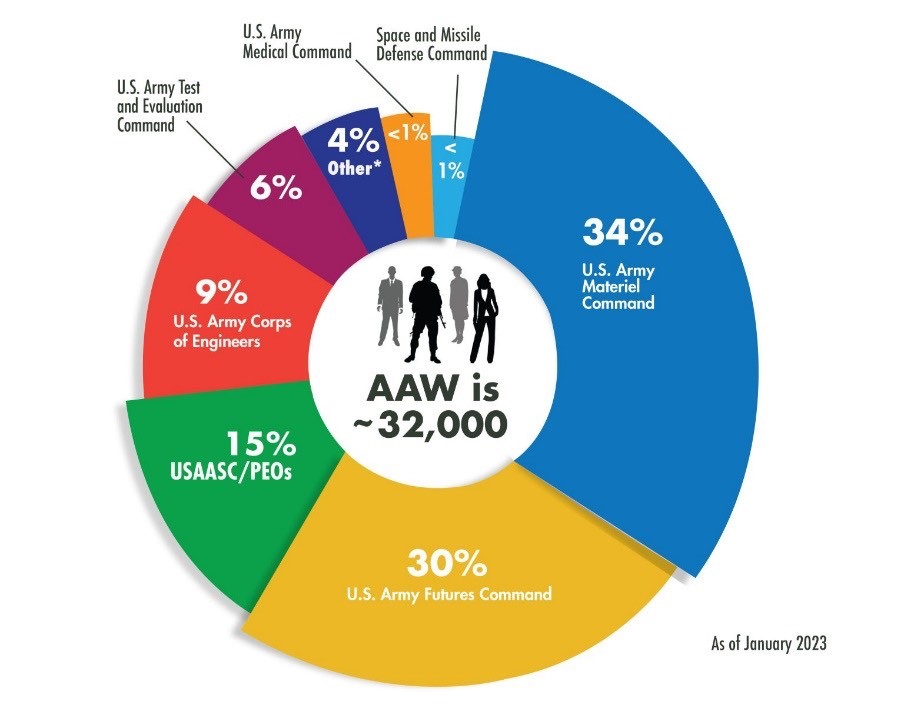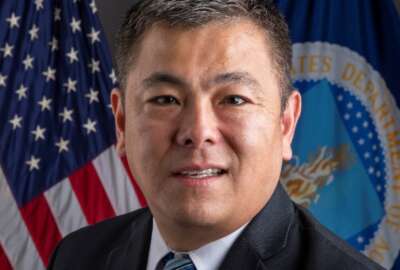A Deeper Look at the Army acquisition community
Joe Paiva speaks with the principal deputy assistant secretary of the Army (ASA) for acquisitions, logistics and technology (ALT), Young Bang, this week.
I sat with the principal deputy assistant secretary of the Army (ASA) for acquisitions, logistics and technology (ALT), my old friend Young Bang, this week. For those not familiar with the Defense Department hierarchy, acquisitions — i.e., undersecretary of Defense (USD) for acquisitions, technology & logistics at the DoD level and ASA(ALT) at the Army level — wield incredible power with USD(ATL) being first among undersecretaries in the order of succession. Within the Army, ASA(ALT) leads 12 program executive offices (PEO). These twelve offices are responsible for designing, producing and fielding everything from the Army’s bullets, beans and business systems to the entire nation’s COVID vaccinations.
Young’s top priority as the principal deputy ASA is Army modernization. He is laser-focused on ensuring the Army acquisition community continues to field all the systems necessary to ensure the Army’s warfighting capabilities continue to keep pace with our only remaining military peer China. The entire ASA(ALT) team is driving toward that goal with the fielding of 24 new systems this year via a coordinated effort guided by ASA(ALT)’s internal Digital Transformation Forum.

Led by Bang, and managed by the newly created office of the deputy assistant secretary of the Army for data, engineering, and software (DES), led by Ms. Jennifer Swanson, ASA(ALT)’s Digital Transformation Forum provides a mechanism through which all of the deputy assistant secretaries and program executive officers meet on a regular basis to implement topics central to a successful digital transformation, such as workforce development and career management, software acquisition, agile contracting, data, open systems architecture, artificial intelligence, cyber and several other key areas.
Including workforce development on the list of transformation priorities is not by accident. Of the Army’s 32,000 acquisition professionals, 95% are civilian federal employees, and ASA(ALT) realizes the success of Army modernization is largely dependent on the ability of both those civil servants and the soldiers with whom they serve to evolve and expand their individual skills and capabilities to meet the demands of digital transformation. As a result, ASA(ALT) has implemented a number of workforce transformation efforts including a digital foundations pilot to upskill people’s computer skills and classes to teach people how to ensure modern software practices and data centricity requirements are included in requests for proposals. Like the rest of the Army, the Army acquisition community is transforming from 20th century “personnel management” to 21st century “talent management.”
ASA(ALT) is identifying and addressing skill gaps across the acquisition force, and providing career paths and training to help employees gain the digital skills they need to be successful in a digitally transformed world. They are also making sure human resources professionals and hiring managers know and leverage all of the flexible hiring authorities they have been given to help bring new talent into the workforce.
Of course, a big part of that workforce transformation effort includes not only reskilling and upskilling Army acquisition professionals to use new technologies and software tools to make acquisitions faster and more efficiently, but also making sure they have those tools. ASA(ALT) has jump-started that effort, providing their people an entirely new contract writing system, “bots” that help them do market research, and even training that uses virtual reality to simulate contract negotiations.
Ultimately, ASA(ALT) digital transformation is enabling the Army’s broader modernization goal of fielding multi-domain forces capable of our nation’s ultimate goal, which is dominance so decisive that no adversary wants to fight us. Roman Emperor Hadrian called it “peace through strength,” but Sun Tzu said it best: “The greatest war is the one never fought.” For ASA(ALT), that is the guiding light.
Copyright © 2024 Federal News Network. All rights reserved. This website is not intended for users located within the European Economic Area.
Joe Paiva is a retired software industry executive best known for helping to start, grow, buy and sell tech companies. He also served as both an Army Reservist and a senior federal civilian leader in the departments of Defense, Veterans Affairs and Commerce.






